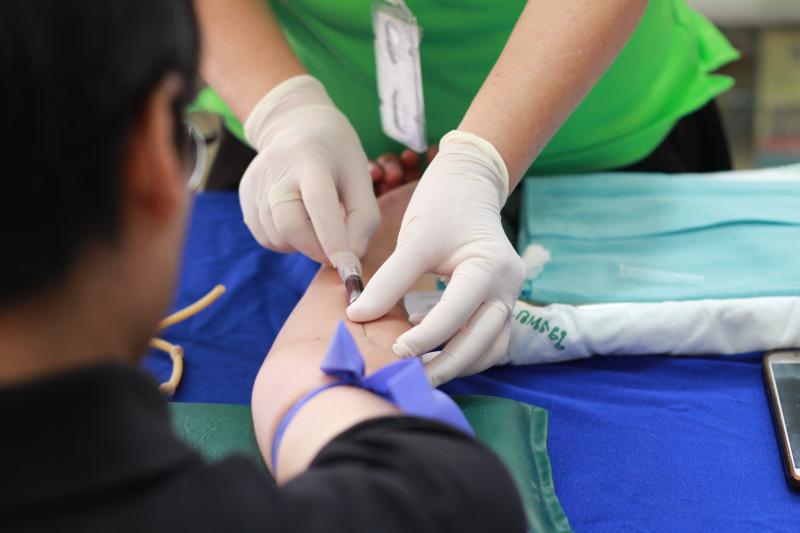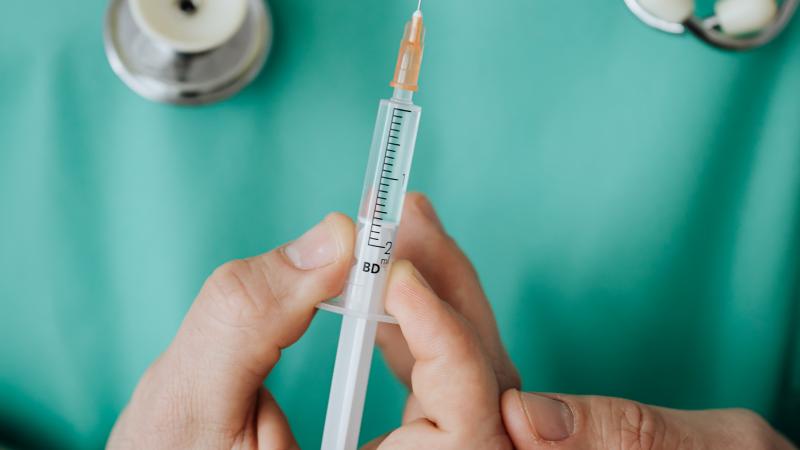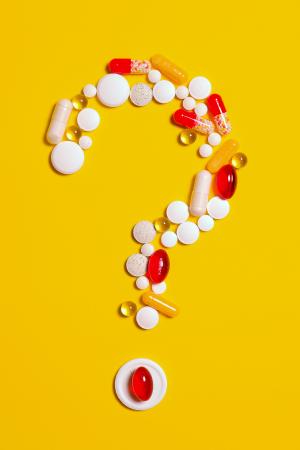Understanding Hormone Therapy & its use in Prostate Cancer

Hormone therapy is now a common complementary therapy choice for treating a select number of different cancer types, with prostate cancer being one of the more well-known. There is some slight confusion, or rather, mystery surrounding its use and why someone undergoing treatment for prostate cancer would require any form of hormone therapy.
In this short article, let’s demystify hormone therapy by understanding what it is, what it aims to do, how it helps, how it is carried out, and what it can achieve. Through a brief introduction to its benefits, and answering some common questions, you’ll get to know how it can help so many people.
What exactly is hormone therapy?
Anytime someone is receiving hormone therapy, it is done to prevent part of the body from creating a specific hormone. In the case of prostate cancer, a patient would be receiving hormone therapy to prevent the body from making testosterone naturally.
What does hormone therapy aim to do?
You may think that the body would need hormones like testosterone at a time when it is fighting off cancerous cells, but some cancers like prostate cancer like to take advantage of hormones and use them to grow. With the testicles being the primary source of testosterone, and them being so close to the prostate, a course of therapy aims to prevent growth. In tandem with typical cancer treatments, this can cause a cancerous growth to shrink in size, making it more manageable to treat.

Is hormone therapy a cancer treatment?
You should not think of hormone therapy as a means to beat cancer. It should always be viewed as a complementary treatment, i.e. something that is slowing growth or helping to manage a patient’s symptoms. You’ll typically find that someone undergoing radiotherapy will be advised to have hormone therapy too.
What are the benefits of hormone therapy for prostate cancer?
There are two specific benefits, according to Birmingham Prostate Clinic, which hormone therapy has. Firstly, by reducing a cancer’s size, it reduces the radiation field needing to be used. Secondly, it provides a better chance of increasing cure rates, especially when cancer acts aggressively.
You can read more about the benefits of complementary therapy for prostate cancer by clicking here.
How is hormone therapy for prostate cancer administered?
There are several methods at hand for providing therapy. The most common would be injections of implants (you may have heard of LHRH agonists & GnRH antagonists), while tablets are also quite common. In the minority of cases, therapy can take the form of surgery to remove all or part of the testicles as a means to reduce testosterone production dramatically.

What are the disadvantages of using hormone therapy?
While there is no denying that hormone therapy can help treat prostate cancer, it is important to understand that there are side-effects and some disadvantages that should be known about. Most of these would be the impact it has on the patient. With such a radical adjustment to hormone development and usage, patients tend to see daily life changing very quickly. Common side-effects would include periods of hot flushes, fatigue, low libido, weakness & problems with concentration.
There is also the understanding that therapy may be needed in the long-term as a means to help control and slow down the rate of growth. Remember, hormone therapy can’t cure cancer alone.
Knowing when hormone therapy works
It is common for patients to worsen before they get better, so what signs are there that therapy is working in someone’s favour? Prostate-specific antigen (PSA) blood tests are used frequently to check on the body, with lower levels typically indicating things are improving.
I’m hoping this brief introduction has helped you understand hormone therapy, and how it relates to prostate cancer, a little better.
More to Read:
Previous Posts:








